Your Dead Relatives Might Have Left You a Fortune—Check Now
When sorting through a loved one’s belongings, it’s easy to overlook certain items that don’t immediately seem special. But some of those everyday things—tucked away in drawers, attics, or old boxes—may be far more valuable than you realize. Not everything passed down is just sentimental; some items carry real, sometimes surprising, monetary value. If you’ve inherited a home, or you’re helping settle an estate, now is the time to look more closely. The difference between “old” and “valuable” often comes down to knowing what to look for.
Vintage Jewelry
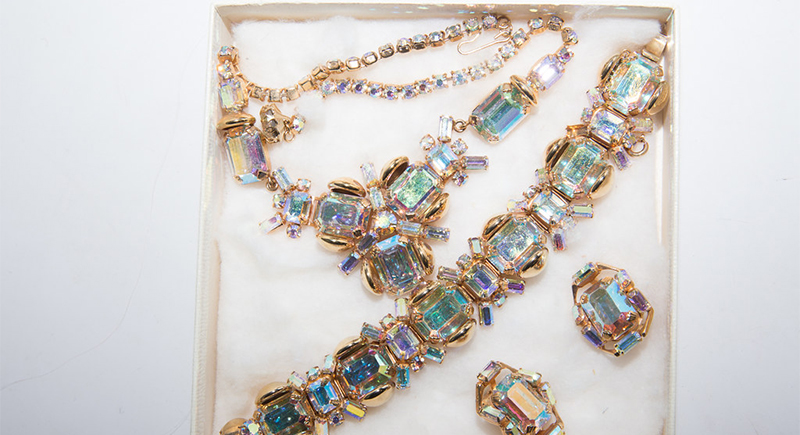
Credit: flickr
Many families hold on to old jewelry, assuming it’s just keepsake material. But pieces made from solid gold, platinum, or set with genuine gemstones—especially if they’re from the early to mid-20th century—can command serious prices. Jewelry houses like Cartier, Tiffany, and Van Cleef & Arpels are always in demand, especially for rare or discontinued designs. Designers like Miriam Haskell or Trifari signed their work, and collectors actively seek those distinctive vintage pieces.
Vinyl Records
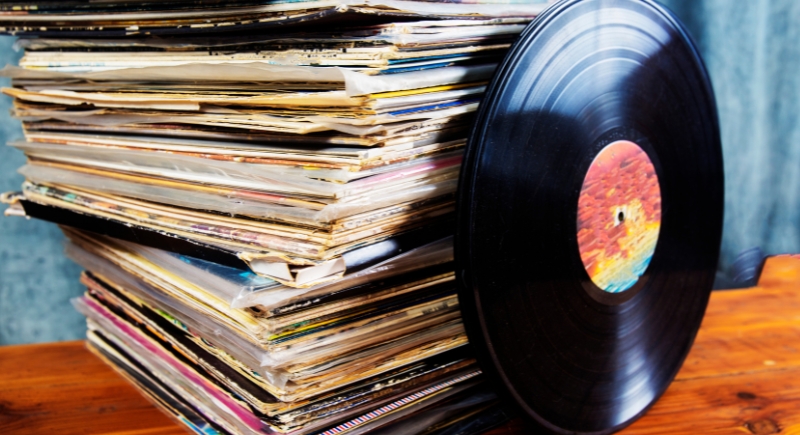
Credit: Getty Images
If you stumble across a milk crate full of old records in the attic, don’t rush to donate them. First pressings of classic albums—particularly from the ’60s and ’70s—are highly collectible. Records from artists like The Beatles, Pink Floyd, and Bob Dylan can sell for thousands, especially if the album cover has original inserts or misprints.
Antique Furniture
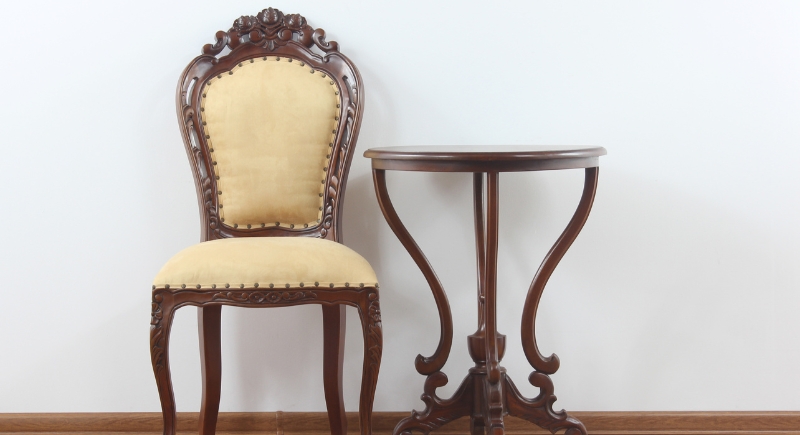
Credit: Getty Images
It’s tempting to think of old furniture as heavy and outdated, but certain pieces are anything but ordinary. Handcrafted furniture from the 18th or 19th centuries—especially those built with dovetail joinery, intricate inlays, or made by known cabinetmakers—can sell for substantial sums. Even 20th-century mid-century modern furniture is commanding attention now. An original Eames lounge chair or a Hans Wegner teak armchair in good shape can bring in tens of thousands.
Rare Coins
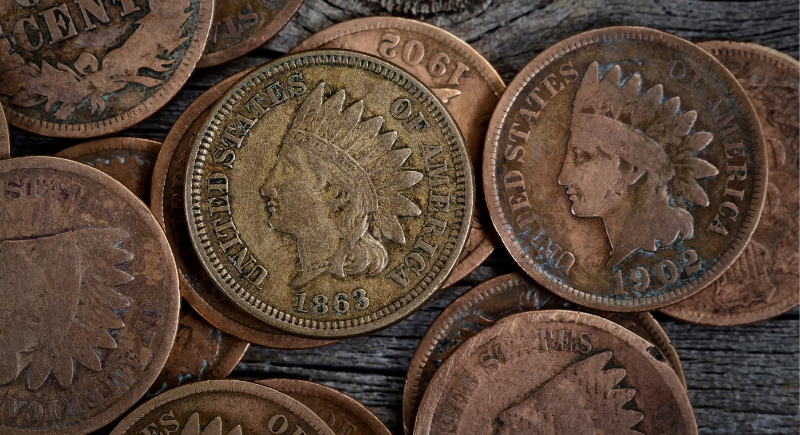
Credit: Canva
Your grandma’s jar of coins tucked in a closet might hold more than pocket change. Look for pre-1965 U.S. coins—they often contain silver and are worth well above face value. Rare minting errors, like off-center strikes or double dies, are favorites among collectors. Lincoln cents from the 1943 steel series or 1955 doubled die versions, for instance, are known to fetch thousands.
Fine China and Porcelain
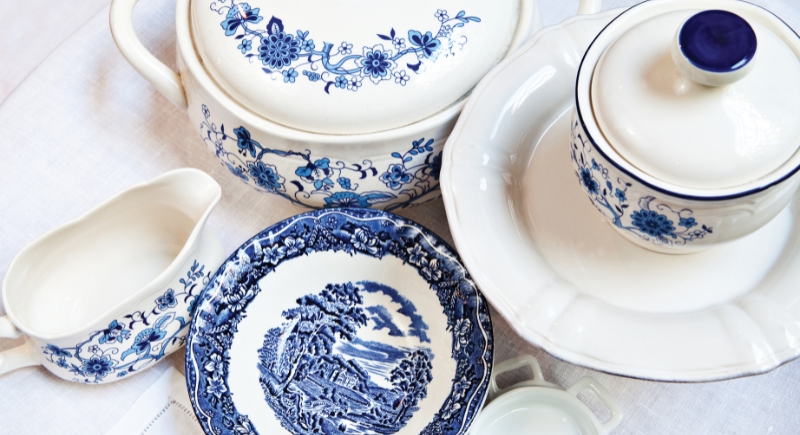
Credit: Getty Images
The set of dishes, once reserved for holidays, might be profitable. China and porcelain from European makers like Meissen, Limoges, or Royal Copenhagen are highly collectible, particularly when the pieces are hand-painted or part of discontinued patterns. Complete sets aren’t always necessary; even individual plates or serving pieces can be valuable, especially if they carry distinctive back stamps or artist signatures.
Vintage Watches
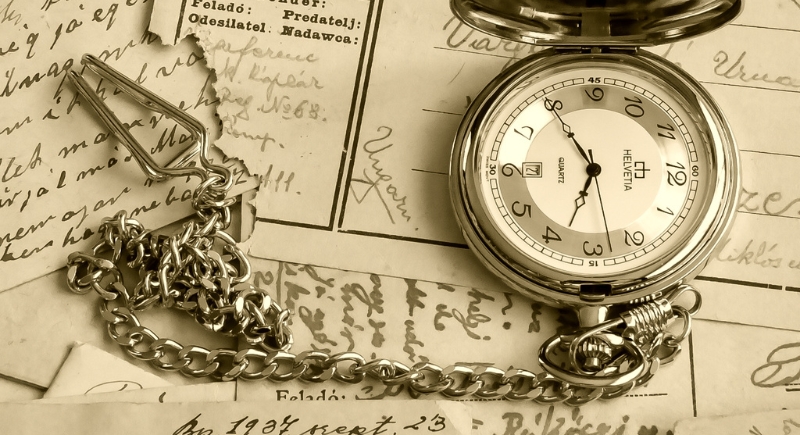
Credit: Canva
Watches from another era often tell stories. Mechanical timepieces from brands like Rolex, Omega, Patek Philippe, and Longines are highly collectible, especially when they have original parts, rare dials, or unique complications. The vintage Rolex Submariner or Speedmaster, for example, has consistently gained in value over the years.
Artwork
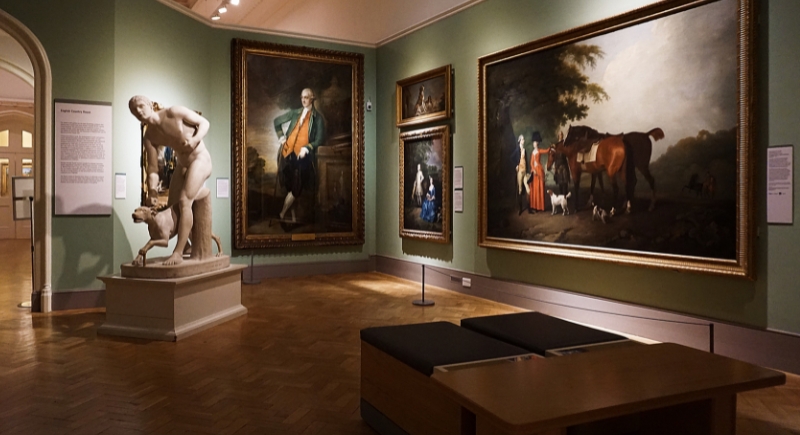
Credit: pexels
That painting collecting dust in the hallway might deserve a closer look. While household-name artists obviously attract attention, lesser-known painters from the 19th or early 20th century can also be valuable, especially if their work was regionally important or exhibited during their lifetime. Clues like signatures, dates, and original framing can offer insight into authenticity and era.
Vintage Toys
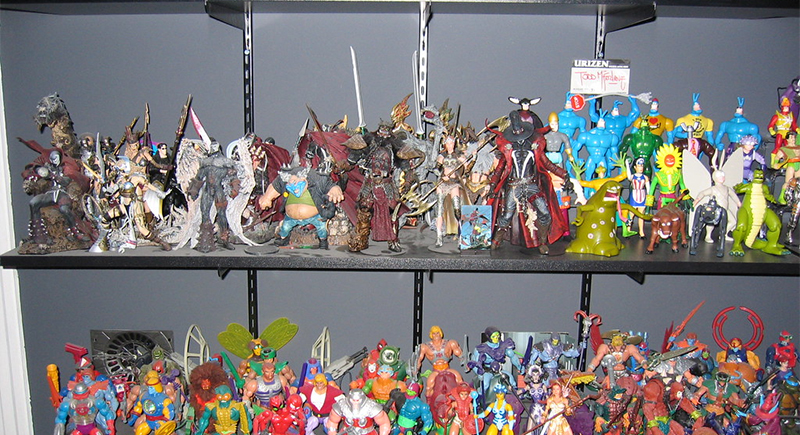
Credit: flickr
Toys from decades ago were made to last—and many have. Items like original Star Wars figures, Matchbox cars, and early Barbie dolls are now collector’s gold, particularly if they’re in original packaging or have rare production features. Board games, tin toys, and early video game consoles also fetch attention. The earlier the toy—and the better its condition—the more it tends to be worth.
Books and First Editions

Credit: flickr
A dusty bookshelf may be hiding literary treasures. First editions, particularly of 20th-century American and British classics, are highly sought after—especially if they still have their dust jackets. Works by authors like Hemingway, Fitzgerald, Steinbeck, and even J.K. Rowling (for newer editions) can command impressive prices. Signed copies, limited runs, or books with personal inscriptions are especially valuable. Sometimes, even obscure publishers’ marks or binding details can point to a rare printing. Don’t toss anything before checking the edition and publication details inside the cover.
Military Memorabilia
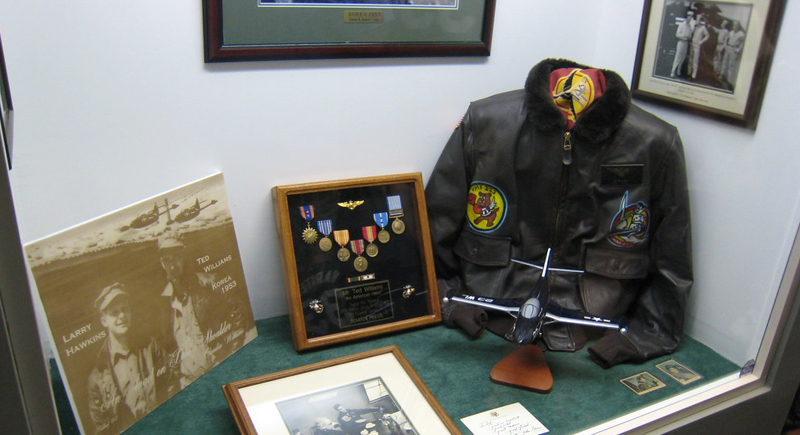
Credit: flickr
War-era keepsakes hold a lot of collector value. Uniforms, medals, and insignia from World Wars I and II are widely collected, especially if they come with detailed records or were linked to significant events or units. Items like trench art, field gear, and service letters can also tell compelling stories and hold unique value. A named medal with documentation, for instance, is far more valuable than one with no history attached.
Silverware and Flatware

Credit: Canva
Sterling silver flatware is a classic example of something we don’t think about much—until it turns out to be worth a lot. Brands like Tiffany & Co., Gorham, and Georg Jensen are especially collectible, and older sets in their original cases can bring in impressive prices. Even individual spoons, serving pieces, or odd-lot forks can be worth something if they carry the right hallmarks. Don’t be fooled by tarnish—real sterling cleans up nicely and can bring in hundreds, if not thousands, depending on the pattern and maker.
Old Cameras
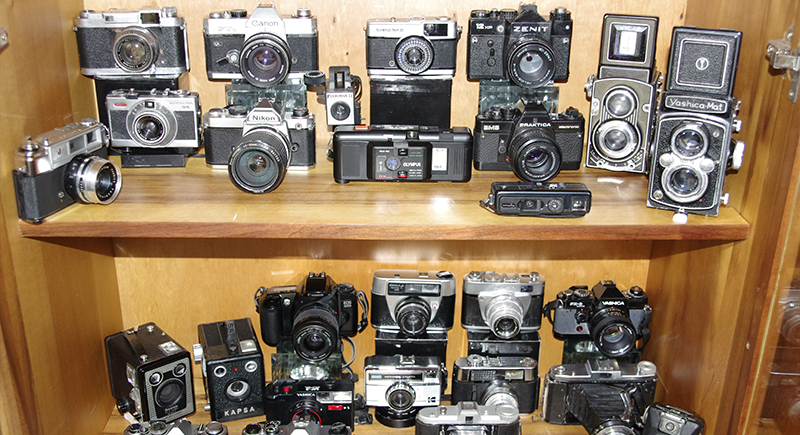
Credit: Wikimedia Commons
Film might be out of the mainstream, but it’s far from obsolete. Collectors and photographers alike prize vintage cameras—especially those from Leica, Hasselblad, and Rolleiflex. Even a well-preserved Kodak Brownie or Polaroid SX-70 can attract interest, particularly with original cases or lenses. The market values craftsmanship and mechanical quality, so even cameras from the ’50s and ’60s can be valuable if they work—or can be repaired. Bonus points if the camera belonged to someone with a known history in photography or journalism.
Stamps and Postcards
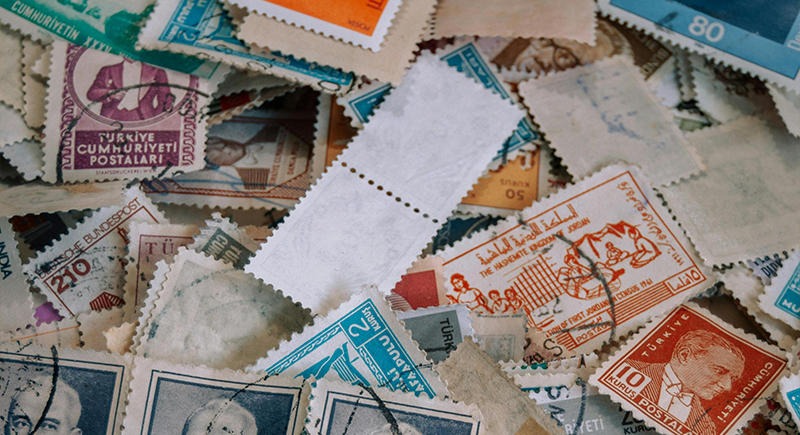
Credit: pexels
Stamp collecting may feel old-fashioned, but it’s still a serious business. Rare misprints, early airmail issues, and stamps from countries that no longer exist are highly prized. The same goes for vintage postcards—especially those tied to historical events, early 20th-century travel, or World’s Fairs. Condition, of course, is king. Water damage, tears, or fading can lower the value.
Sports Memorabilia
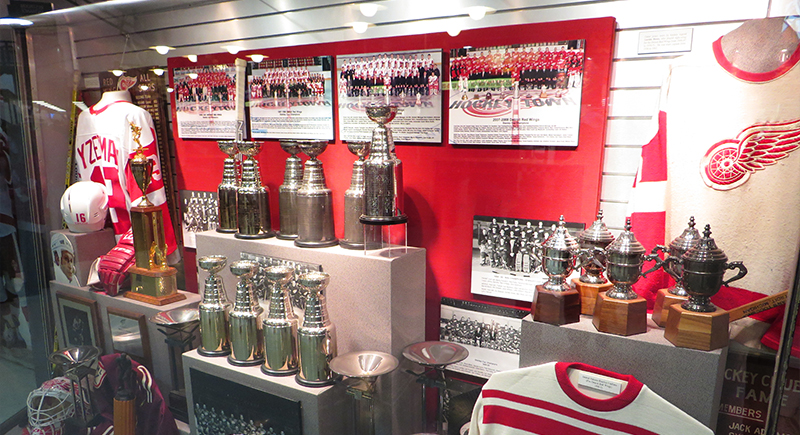
Credit: Wikimedia Commons
For sports fans, memorabilia is about legacy. Rookie cards of iconic players, game-worn jerseys, autographed balls, and even ticket stubs from legendary games can all bring in major money. Cards from the pre-1980 era are especially hot, especially if graded in top condition. Authentication is crucial—items that come with proof of origin or certificates of authenticity are far more valuable.
Perfume Bottles
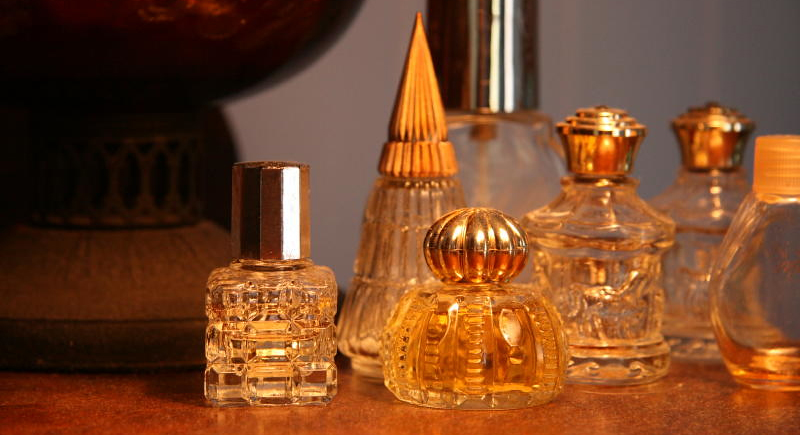
Credit: flickr
It might surprise you, but vintage perfume bottles—yes, even the empty ones—have carved out a solid niche in the collectibles world. Decorative glass bottles from brands like Lalique, Baccarat, and Guerlain can fetch hundreds or more, especially if they feature hand-painted designs or rare stoppers. The craftsmanship behind older bottles often rivals that of fine crystal.
Vintage Musical Instruments
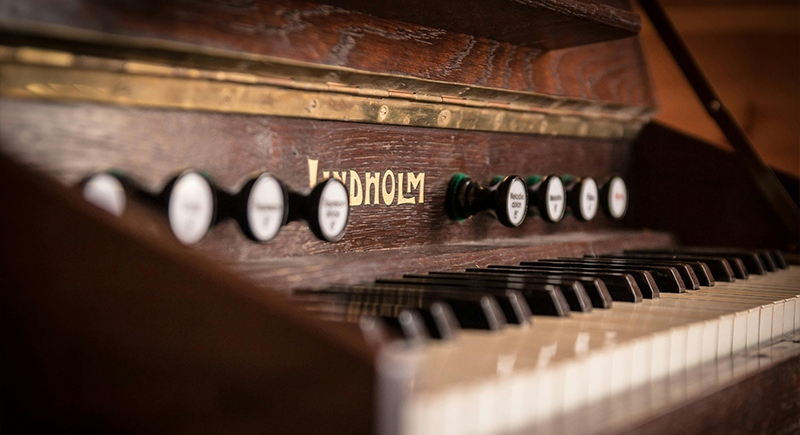
Credit: pexels
Musical instruments age differently from other antiques. Guitars from Gibson or Fender made before the 1970s are especially prized, sometimes selling for tens of thousands. Violins from the 18th or 19th centuries—even those without a famous label—can be valuable if the craftsmanship is strong. Classic pianos, early synthesizers, and brass instruments also hold appeal.
Old Maps and Documents
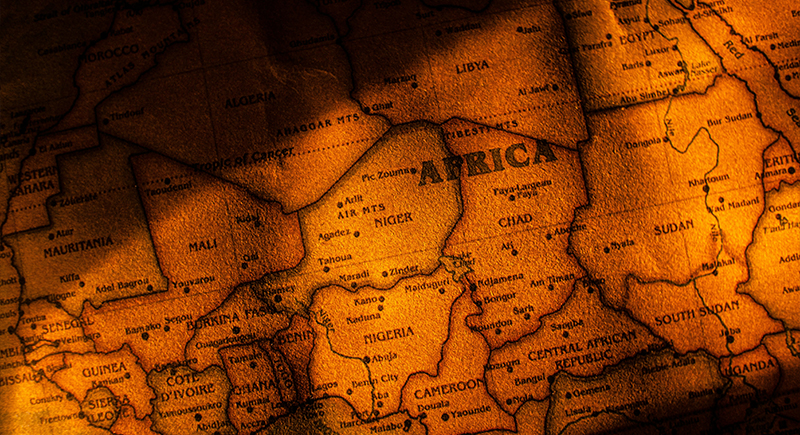
Credit: pexels
Historical documents, maps, and handwritten letters have a strong market with collectors, especially those focused on American history. Colonial-era maps, land deeds, and documents signed by historical figures are particularly valuable. Even local maps from the 19th century or business receipts from long-gone companies can be worth something. If it’s handwritten, dated, and in decent condition, it’s worth preserving.